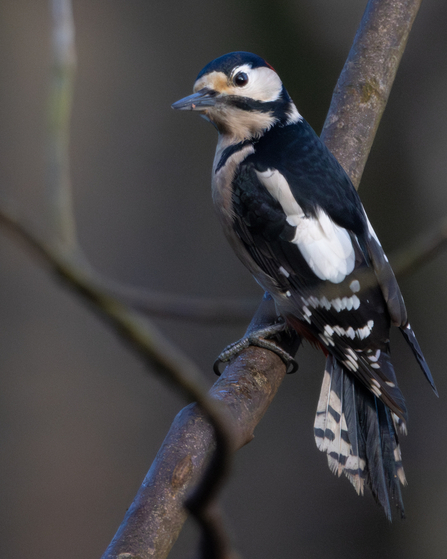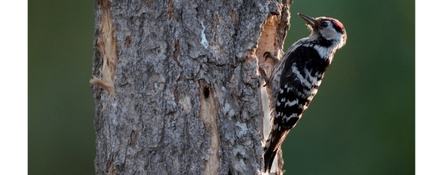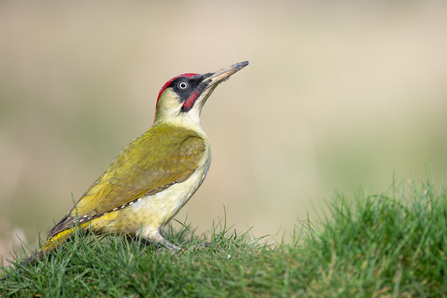Headbangers
Whilst some birds sing to attract a mate and intimidate their neighbours, woodpeckers take a different approach. They hammer their beak against a tree trunk at incredibly high speeds – up to 40 strikes per second for the great spotted woodpecker. There’s no denying that’s impressive!
There’s been some debate about how woodpeckers can cope with the strain of repeatedly banging their head against a hard surface. For a long time, it was thought that woodpeckers had spongy skulls that absorb some of the impact and protect the brain. But a study published last year disputed this common belief, showing that there is no cushioning effect. The woodpeckers use their head as a stiff hammer, not a shock absorber. Instead, it's their small size that protects their brain, as smaller animals can withstand higher deceleration. Woodpeckers just shrug off blows that would give us a serious concussion.
For most birds in the UK, it’s only the males that sing. When it comes to woodpeckers, drumming is often a unisex activity. Both males and females will drum to defend their territory from outsiders.




